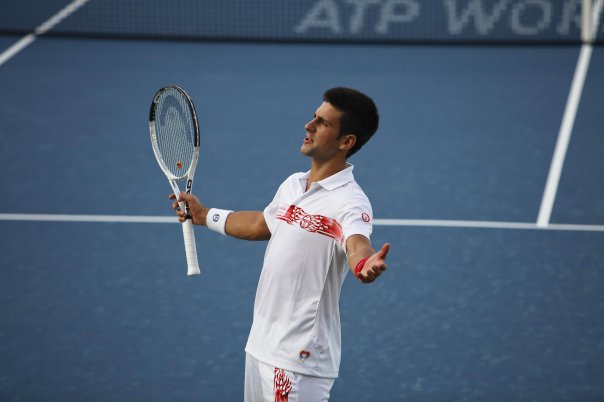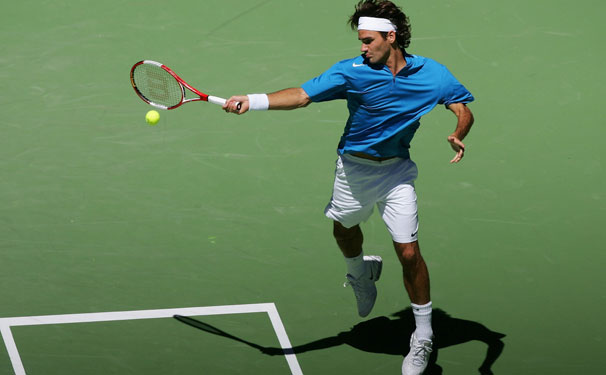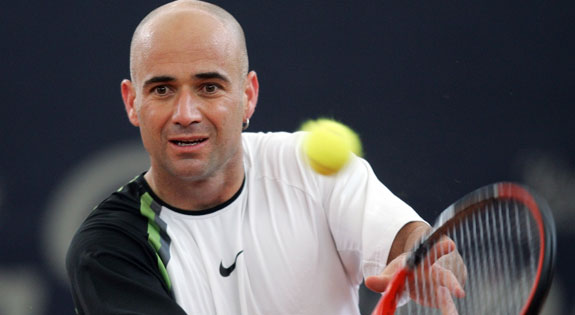In the world of tennis, certain nations have long dominated the global stage, consistently producing world-class players and fostering a thriving tennis culture. Historically, countries like the United States, Spain, France, and Australia have been at the forefront of both professional success and grassroots participation.
The Tennis Powerhouses
United States: For decades, the U.S. has been synonymous with tennis excellence. From legends like Serena Williams and Pete Sampras to its grand slam, the U.S. Open, tennis is deeply embedded in the country’s sports culture. The USTA’s extensive infrastructure, including thousands of public courts and organized youth programs, ensures that the sport remains accessible. However, the U.S. has seen a decline in participation growth over the past decade, with more focus shifting to competing sports like soccer and basketball.
Spain: Spain’s tennis boom took off in the 1990s with players like Arantxa Sánchez Vicario and continued through the dominance of Rafael Nadal. Spanish tennis thrives on clay courts, and its unique approach to coaching has created a conveyor belt of talent. Clubs across Spain are packed with juniors, and the country remains a breeding ground for top players, reflected by the popularity of the sport throughout all social classes.
France: With a rich tradition of tennis bolstered by the French Open, France continues to rank among the highest in terms of tennis participation. The country’s emphasis on developing young talent through its national training centers has seen the emergence of several top-ranked players. The French Tennis Federation (FFT) has also focused on increasing the sport’s reach into suburban and rural areas, making it more inclusive.
Australia: Australia’s love affair with tennis is historic, dating back to the glory days of Rod Laver and Margaret Court. Though their presence at the top level has waned compared to the 1960s and ‘70s, grassroots tennis in Australia remains strong. Tennis Australia’s efforts, such as their “Hot Shots” program, have ensured that the sport stays popular with younger generations. Melbourne’s hosting of the Australian Open continues to foster a deep connection with the sport.
Recent Growth in Tennis Participation
Beyond these traditional strongholds, tennis is seeing significant growth in countries that were previously not known for their tennis culture. These regions are experiencing a surge in participation, driven by government investments, infrastructure developments, and growing interest in the sport.
China: Perhaps the most noticeable growth has occurred in China. Tennis has seen a massive increase in popularity, largely influenced by the success of players like Li Na, the first Asian woman to win a Grand Slam. The Chinese government has invested heavily in building tennis facilities and hosting international tournaments like the Shanghai Masters. Tennis is seen as a pathway to prestige, and millions of young players are now picking up the sport, inspired by their national stars.
India: Traditionally known for its prowess in cricket, India is now experiencing a tennis boom. With players like Sania Mirza and Rohan Bopanna gaining international recognition, tennis is becoming a more visible and appealing sport for India’s youth. Several grassroots initiatives and new academies are promoting the sport in both urban and rural areas. With a growing middle class eager to invest in sports outside of cricket, tennis participation is rising rapidly.
Japan: Following in the footsteps of Kei Nishikori, Japan has seen a tennis renaissance. Nishikori’s success has inspired a new generation of players, and the sport has become much more popular at the recreational level. The country’s hosting of the Tokyo Olympics further fueled the sport’s growth. Numerous local tournaments and government-backed youth programs are making tennis more accessible to the general population.
Eastern Europe: Countries like Poland, the Czech Republic, and Romania have seen a surge in tennis popularity. The success of players like Iga Świątek, Karolína Plíšková, and Simona Halep has captured the attention of young athletes. In Poland, especially, tennis has gone from being a niche sport to a major one, with new facilities and training programs springing up to support aspiring players. Eastern Europe is quickly becoming a tennis hotbed.
Brazil: While Brazil is globally associated with football, tennis is beginning to carve out its space in the nation’s sports culture. Inspired by players like Gustavo Kuerten and the excitement of hosting the 2016 Rio Olympics, tennis has grown in urban centers, with many clubs expanding their tennis programs. The Brazilian Tennis Confederation has also launched several initiatives aimed at bringing the sport to lower-income areas, increasing participation across socioeconomic groups.
The Future of Tennis
As tennis continues to grow, both in established nations and in emerging markets, the sport’s global footprint is expanding. Countries like China and India may soon challenge the traditional powerhouses in terms of participation and player development. With advancements in coaching, increased access to facilities, and the inspiration provided by national heroes, these countries are positioning themselves as future tennis superpowers.
While nations like the U.S. and Australia remain bastions of the sport, the growing popularity of tennis in non-traditional regions suggests a more globally competitive landscape. This shift could lead to a more diverse representation of players at the highest levels, ushering in a new era for the game. As tennis continues to transcend borders, the next Rafael Nadal or Serena Williams may emerge from unexpected places, propelled by the momentum of growing participation across the globe.











